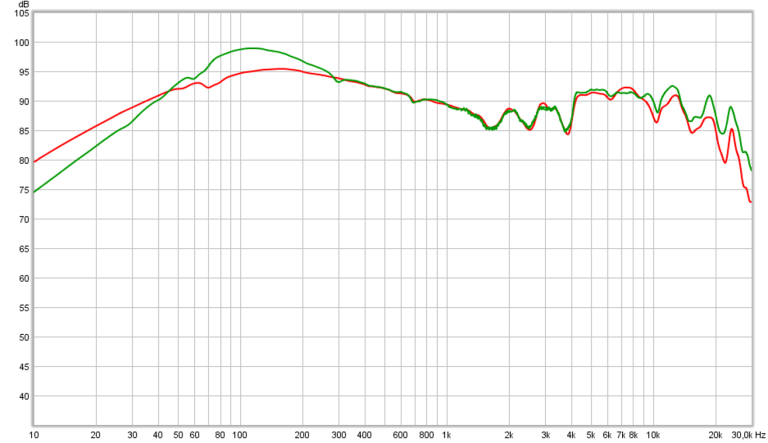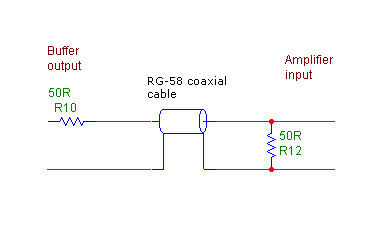Noise output of my RME ADI-2 PRO fs, measured with Siglent SDS 1202X-E DSO
The DAC is connected via USB to the PC I'm using right now. Volume is off (one step below-96.3 dB), Samplerate 44.1 kHz, no audio signal playing.
Unbalanced Out
Yellow=left channel, pink = right channel, 100us/div, 10 mV/div:
Oops - spikes and RF pulses. Lets increase sensitivity to 2mV/div:
Yep. Lets zoom in to the RF pulse in the middle (2 us/div):
Let's zoom in more and measure its frequency (20ns/div):
With the cursors covering 10 wavelengths the frequency is 10 times as displayed = 68.3 MHz, level left channel ~5mV
pp..
Let's look at one of those short spikes:
That's a ringing pulse. Zoom in to measure its frequency:
Frequency is around 180 MHz.
I'm not sure what to make of this. Is it a measuring artifact? Do i measure something wrong?
XLR out (right channel)
I measure both signals against ground and use the math function of the DSO to show the difference. The noise was much higher

so I started with 2ms/div and 20 mV/div:
The level of the difference is 40 mV
pp and quite lower than the singular signals. When we zoom in (5 us/div) we find only spikes at a distance of 14.4 us (repetition rate 69 kHz):
Zoom in to the spike in the middle (50 ns/div) :
It's an RF pulse, 87 MHz at 40 mV
pp.
Side Notes
All results are independent of volume and output reference level. Pulling the USB connection has no influence either.
Since I bought it not only for music but also for measurements I'm a bit puzzled what to think about this. Maybe I do something wrong. I'd like
@MC_RME to have a look and correct any failures I've possible done.
I'm sure nothing of this is audible at all; the frequencies are much too high and will be swamped in the first stage of any audio amplifier if it reaches them in the first place. But for measuring high gain amplifiers like phono or microphone preamplifiers you are well advised to set the DAC to a high output voltage and use a voltage divider to create the desired input level; just using a volume of -50 dB will give you a nice low level signal but it will be swamped by those high frequency noise and spikes and I don't think this to be a valid input signal for measureing those preamps.



